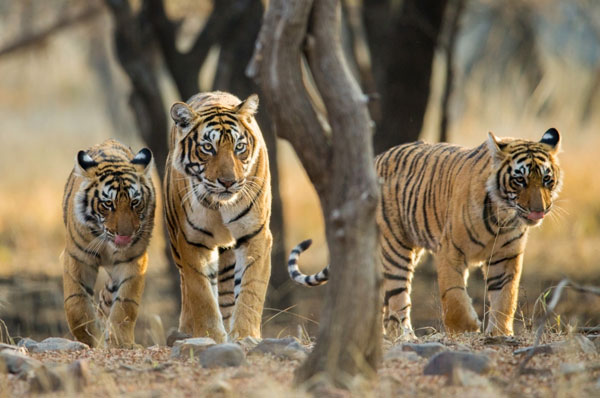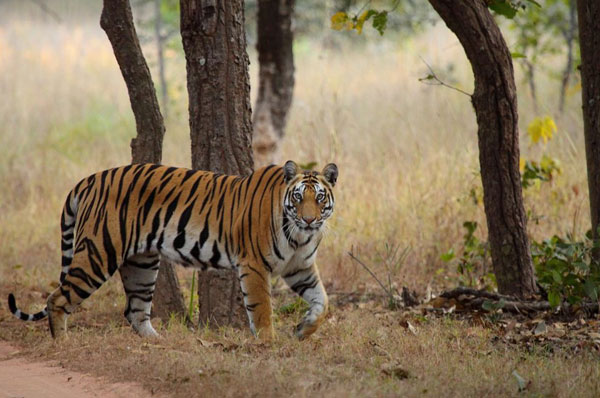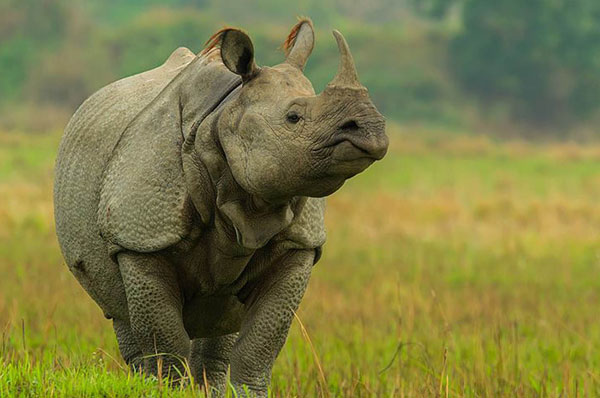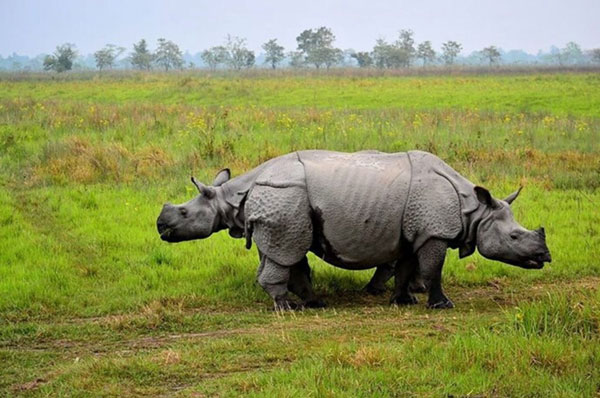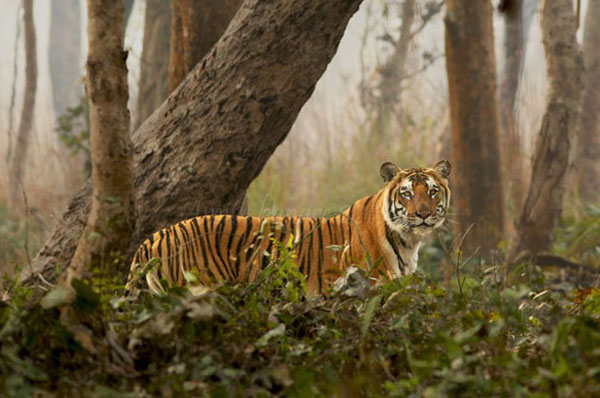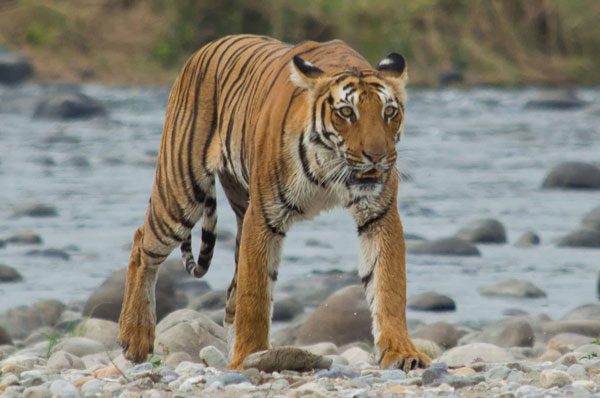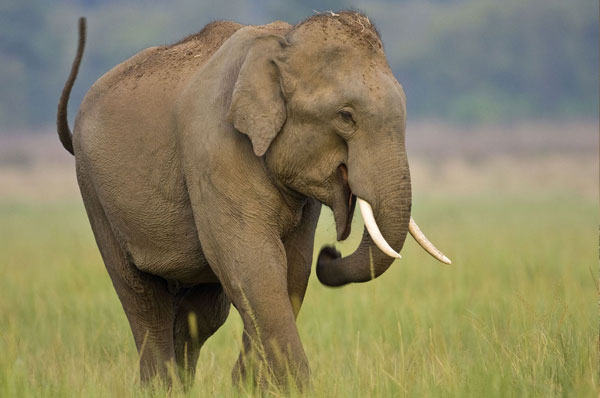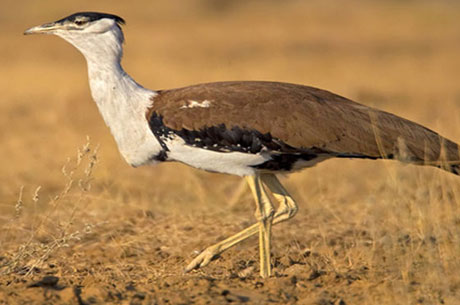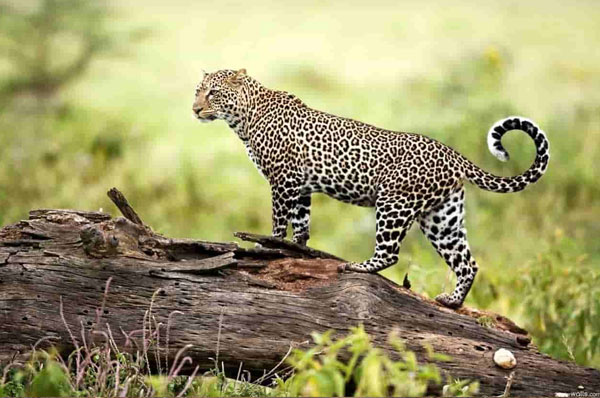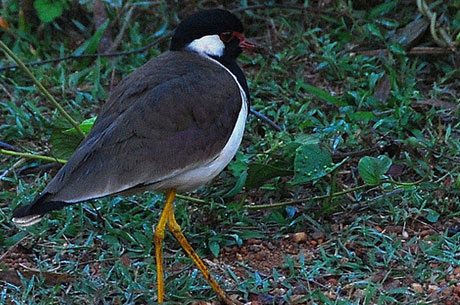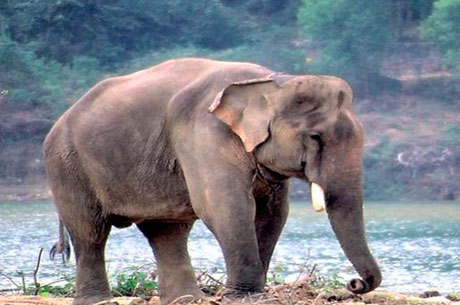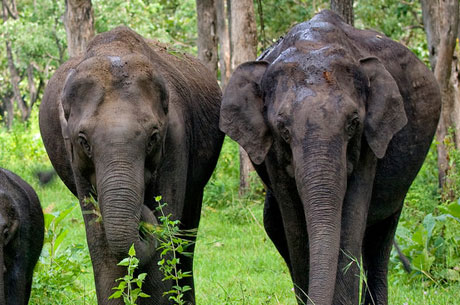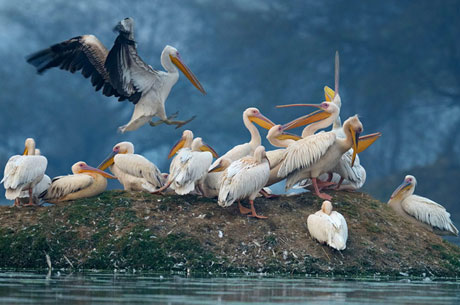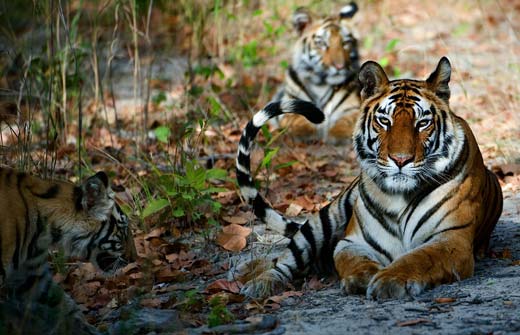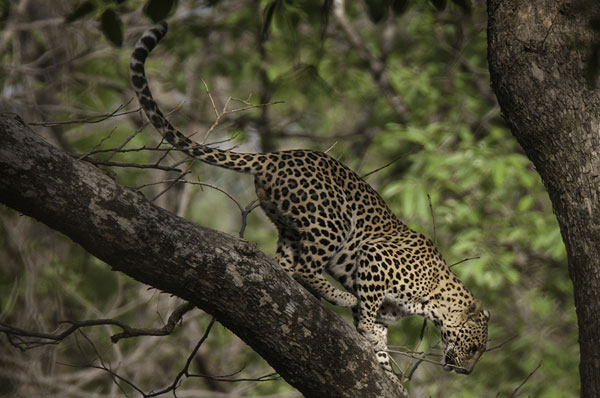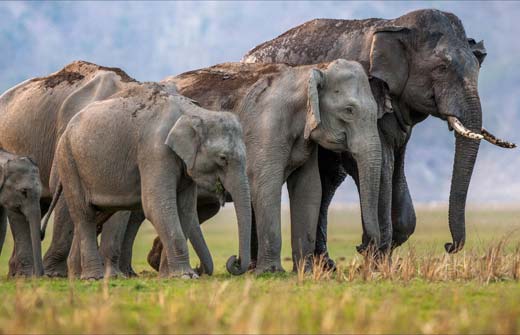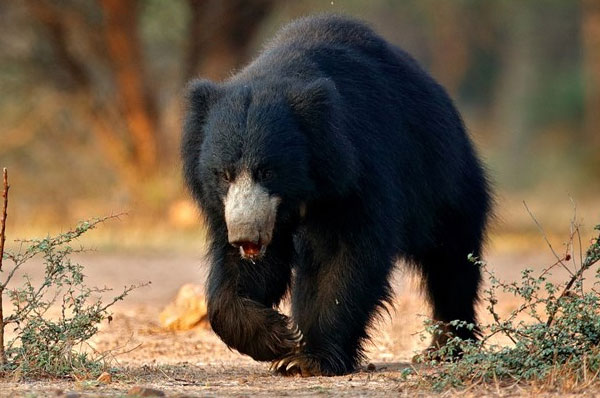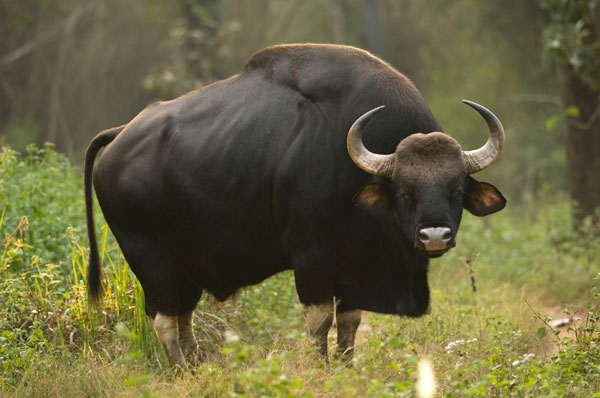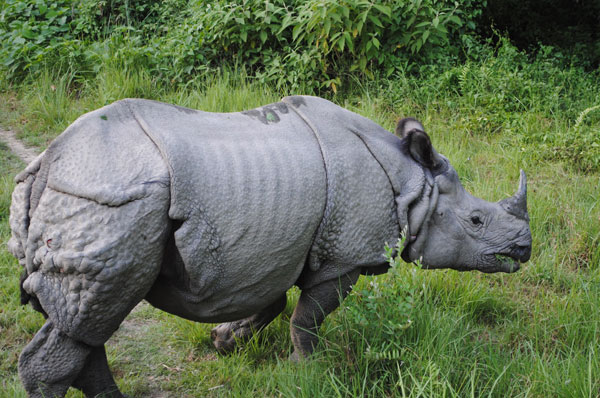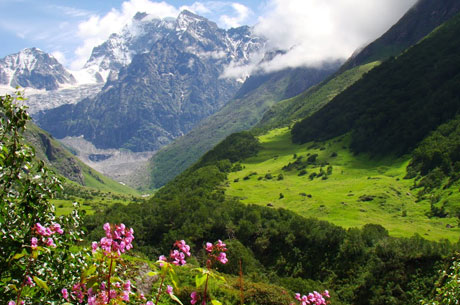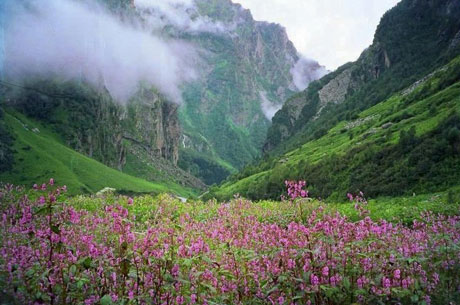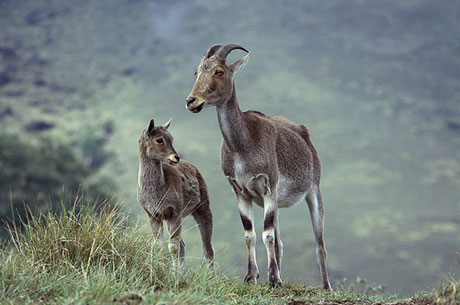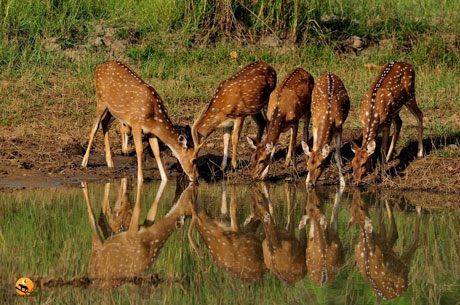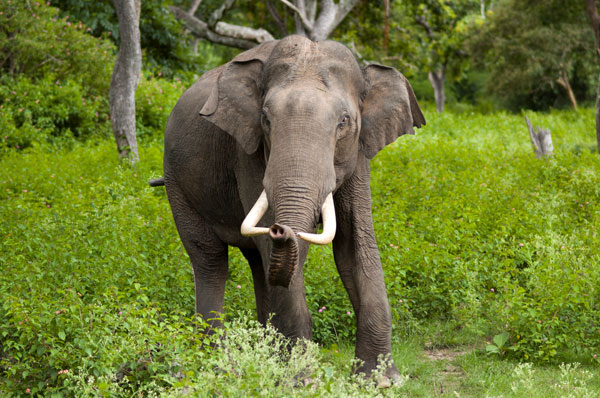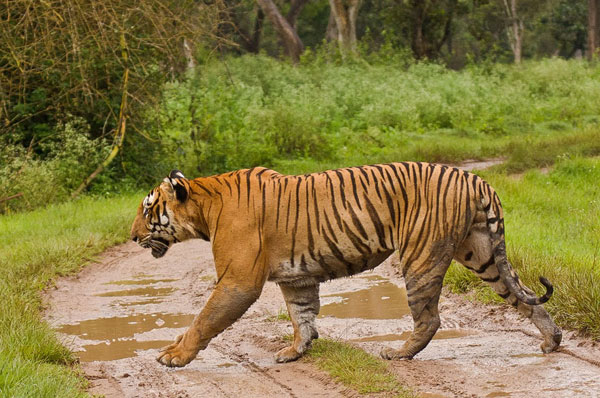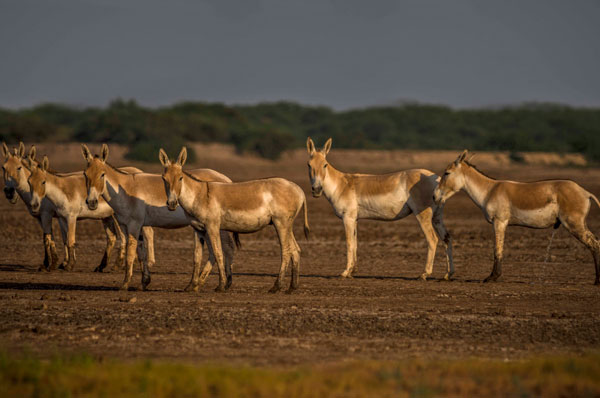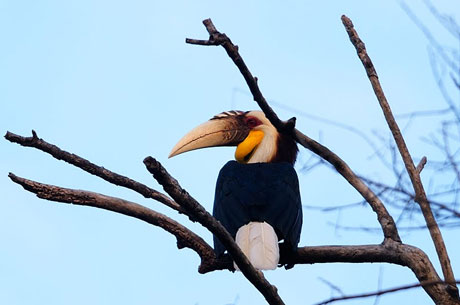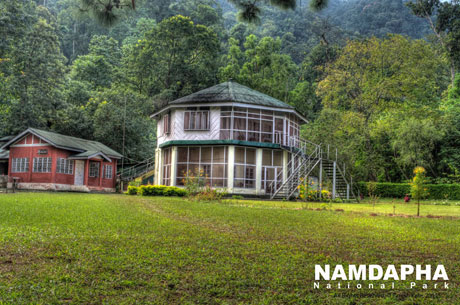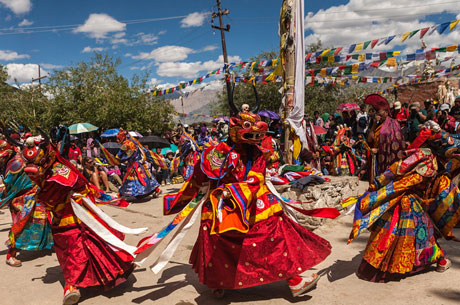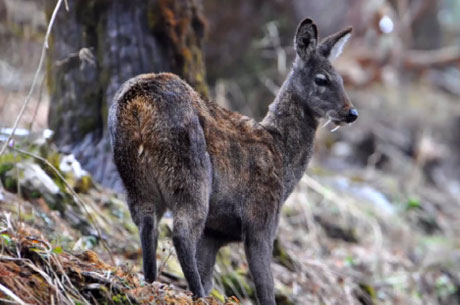National Parks in India
A land with a wide range of diversity also fits even with the wildlife. Few of the most breathtaking animals call India their shelter; the royal Bengal tiger, An Asiatic Lion, Asiatic elephant, The Indian Rhino, the sloth bear are in focus.
A country where once the Jungles were prospered with the poaching, national parks, and wildlife sanctuaries brought a warm welcome change to India.
The list of national parks is long and diverse as Indian traditions and culture. India has a total number of more than 200 National parks and 540 wildlife sanctuaries spread across nearly in all the states; each holds the most thrilling flora and fauna in its extremity.
Wildlife conservation started with declaring Jim Corbett National Park was the first declared National Park in 1936 in India.
In India, there is a large dissimilarity in the national parks and wildlife sanctuaries including Tiger reserves, bird sanctuary, marine parks, desert sanctuary, and a floating national park!
Brief Info About National Parks:
The term “National Park” enlighten a protected or conserved area:
- 1 For the outstanding flora, fauna, geological formations and natural beauty;
- 2 Where poaching, killing or capturing of fauna, harm to any wild animal or of its habitat, or annihilation and accumulation of flora, and weapons are strictly prohibited only except in the case of improvement and better care of wildlife, issues are handled by and under the control of authorities of the park;
- 3 Where pasturing and living is prohibited.
The more important thing that there is no alteration of the boundaries of a national park shall be made except on the bill passed by the legislature (assembly) of the state.
Declaration of
National Park:
- The state government has the right itself to declare an area as a national park or a wildlife sanctuary, by reason of its floral, faunal, ecological, geomorphological or zoological association or importance, required to be constituted as a National Park with an intention of protecting, propagating, and developing the wildlife in the specific area.
- It may be done by publishing an official notification, declare its intention behind that declaring that area as a National Park. (Subsection (1) of section 35).
- Provided that where any of the parts of the territorial waters suggested being including in the list of National Park, the provisions of section 26-A shall apply about the declaration of a National Park.
- Provided further that the restrictions of the area of the regional waters to be featured in the sanctuary shall be demarcated in consultation with the Chief Naval Hydrographer of the Central Government ( as mentioned in Wildlife Protection Society of India, 2003).
- Even the Indian central government also has the right to declare any landscape as a National park with the proper examination of the area with the best conditional reports for the conservation and protection of flora and fauna.
Best time to
visit these national park in India
Generally, you can travel to the national parks all throughout the year, but it is advisable not to travel there during the monsoons, as it is a mating season for many animals and most of the park remains closed from July to September. So It’s advised to visit there from October to June.
Timing can also vary depending on what you want to experience. If you want to see the beauty of the jungle along with wildlife than the best time to visit is right after the monsoons season.
However, anyone visiting the national park in India never wants to miss a meet with the king of these jungles, the Royal Bengal Tiger. If you also want the same than plan your visit from March to April. Summer starts to arrive during these months and water bodies in most of these parks start shrinking.
Limited availability of water bodies creates greater opportunities for a wild encounter with the big cats as they come out of the deep forest to drink water or hunt animals around these water bodies.
On the other hand, these months are not so hot compared to May and June making it easier to take a wildlife safari in jungles.
Planning a Wildlife Safari in the National parks of India
Where you spend your last holiday?
Trekking across some of the famous hill stations or on beautiful beaches or at the dunes or the temples for the sake of mental peace?
What you think about giving your vacation a little wild spin this occasion!
From a broad, rich and diverse range of flora and fauna to magnificent wildlife, National park in India presents a pleasing landscape for every nature lover.
Inside Indian Jungles provides some of the exciting guided wildlife safari tour in these Indian national parks. Contact us today for a tiger safari tour in India if you love the encounter with the king of these jungles in their own kingdom.
Our birding tours in India are right for you if you loves the chirping of beautiful birds of wide variety in most of these Indian National park. If you enjoy clicking beautiful photographs in the jungles than our specially designed wildlife photography tours are the best match for you.
In any case Inside Indian Jungles have you covered for any type of wildlife safari tour that you want to cherish in these beautiful jungles of India; national parks of India.
Explore The Wilderness And Natural
Beauty At Top National Parks Of India
Here are few of the most exotic national parks of India that every wildlife enthusiast’s dream and that will mesmerize everyone with their peerless enchantment:


